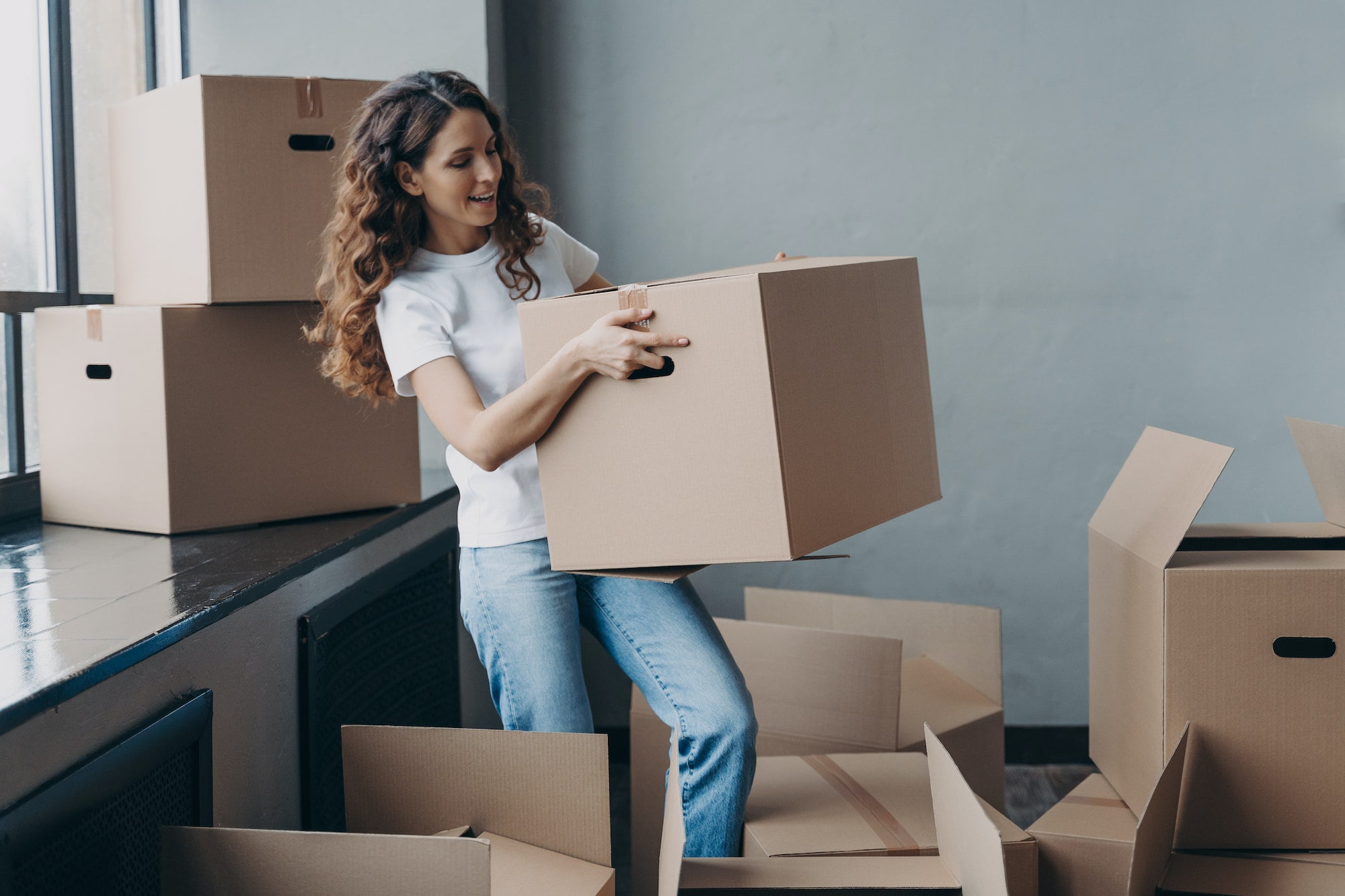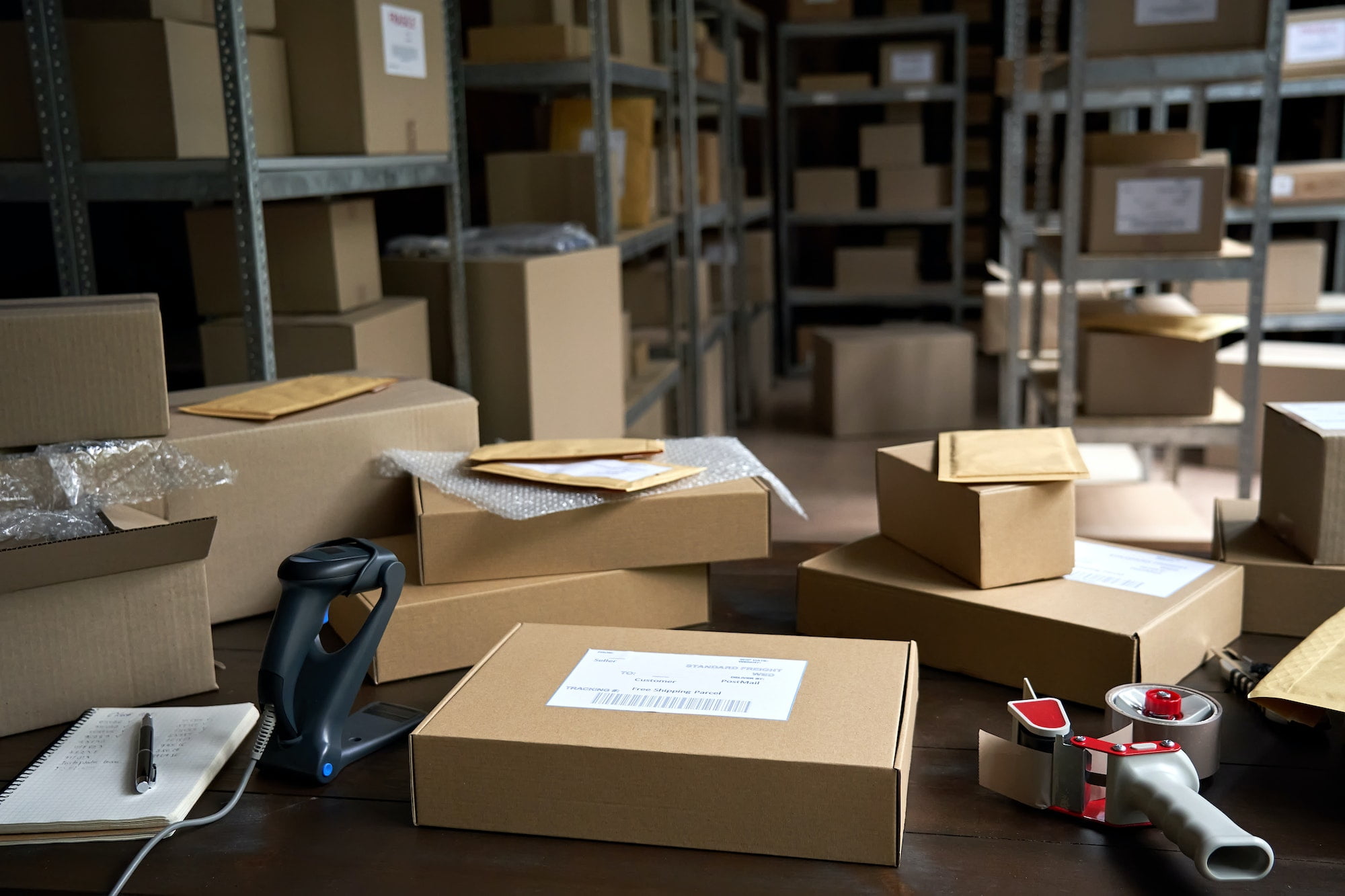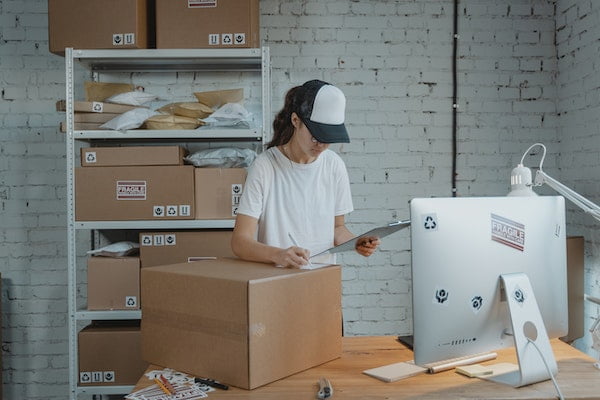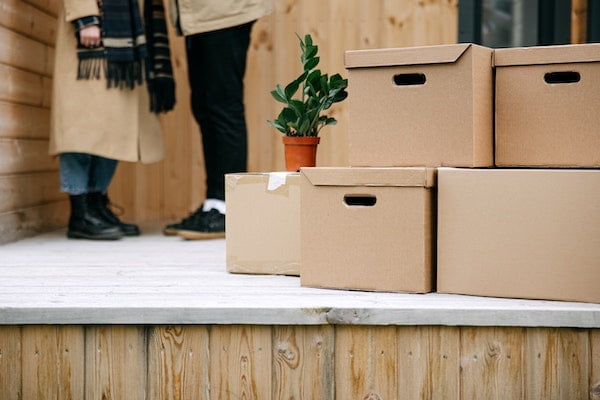
The versatile cardboard box is deeply integrated into almost every aspect of our lives that it’s usual for anyone to take for granted. Despite our numerous needs for these nifty storage solutions, not many have stopped to wonder where they came from and how they came to be.
What Was Used Before?
Prior to the invention of cardboard boxes, wooden crates were the go-to means for storage and moving. While these wooden crates are still in use today, they’re mostly confined to the shipping and logistics industries and haven’t assimilated into our daily lives as deep as cardboard boxes are continuing to do up to this day. Cardboard boxes are still king when it comes to versatility and cost-effectiveness in storage and moving.
A Paper Trail (The Thicker and Corrugated Kind)
- Historians believe that as far back as the first and second centuries, the Chinese were already using sheets made from hemp cloth, tree bark, and other plant fibres that were mashed into a pulp before being spread and dried in a frame. After being dried and pressed, the slurry leaves behind an early predecessor of paperboard, and it was used, during its time, to wrap and preserve food items.
- In 1817 the first commercial cardboard box was produced in England by Sir Malcolm Thornhill, a British industrialist. While these containers were still a far cry from what we are familiar with today, these non-corrugated, non-collapsible paperboard containers would usher-in an era where everything and anything would come in its own box.
- By 1840, cardboard boxes have become popular in France and were a common choice for silk manufacturers shipping moth eggs from Japan.
- In 1850, the Kellogg brothers became the first breakfast cereal manufacturer to fully utilise cardboard boxes in their packaging, which they still do today.
- In 1856, British inventors Edward Healey and Edward Allen acquired the patent for corrugated paper. The innovation was not immediately incorporated into cardboard boxes but was, at that time, used as lining material for tall hats.
- It was not until 15 years later, in 1871, when an American, Albert Jones, was granted the patent for using corrugated paper boards as shipping materials. These boards quickly became the popular choice to wrap breakable bottles to keep them safe during shipping.
- In 1874, the corrugated boards evolved further to closely resemble the boxes we are familiar with. Oliver Long’s idea of adding liner sheets on both sides of the board allowed for heavier loads and higher stacking.
- A beautiful accident happened in 1890 while Robert Gair was working in his paper bag factory. An order of seed containers was “ruined” when he used a metal ruler to crease the bags, which resulted in the board getting cut. He then quickly discovered that a folding box template could be made by cutting and creasing in the right spots. Within the same year, Gair had a machine custom-manufactured to replicate his error and mass-produce pre-cut cardboard boxes that can be folded together. This eureka moment was the birth of the foldable, stackable, and durable cardboard boxes we know today.
A Box for Everything and Anything Can be Boxed
Cardboard boxes have definitely come a long way from their humble origins as ancient food wrappers. Today, almost everything and anything can come in its own unique cardboard box.
If you have an item or a product that will need its custom box, Boxfactory can help you out. We offer completely customisable and high-quality cardboard boxes to satisfy any storage or transportation requirement.
Our custom boxes include die-cut boxes, shipping boxes, slotted containers, folder boxes, creased trays, and many more.
Contact us today and let us know how we can be of service. We’re pleased to inform you that we offer free quotes and ship Australia-wide.
Give us a call today for cardboard boxes Brisbane and beyond!
Share This Post
Author
Admin
RELATED POSTS






Search for:
